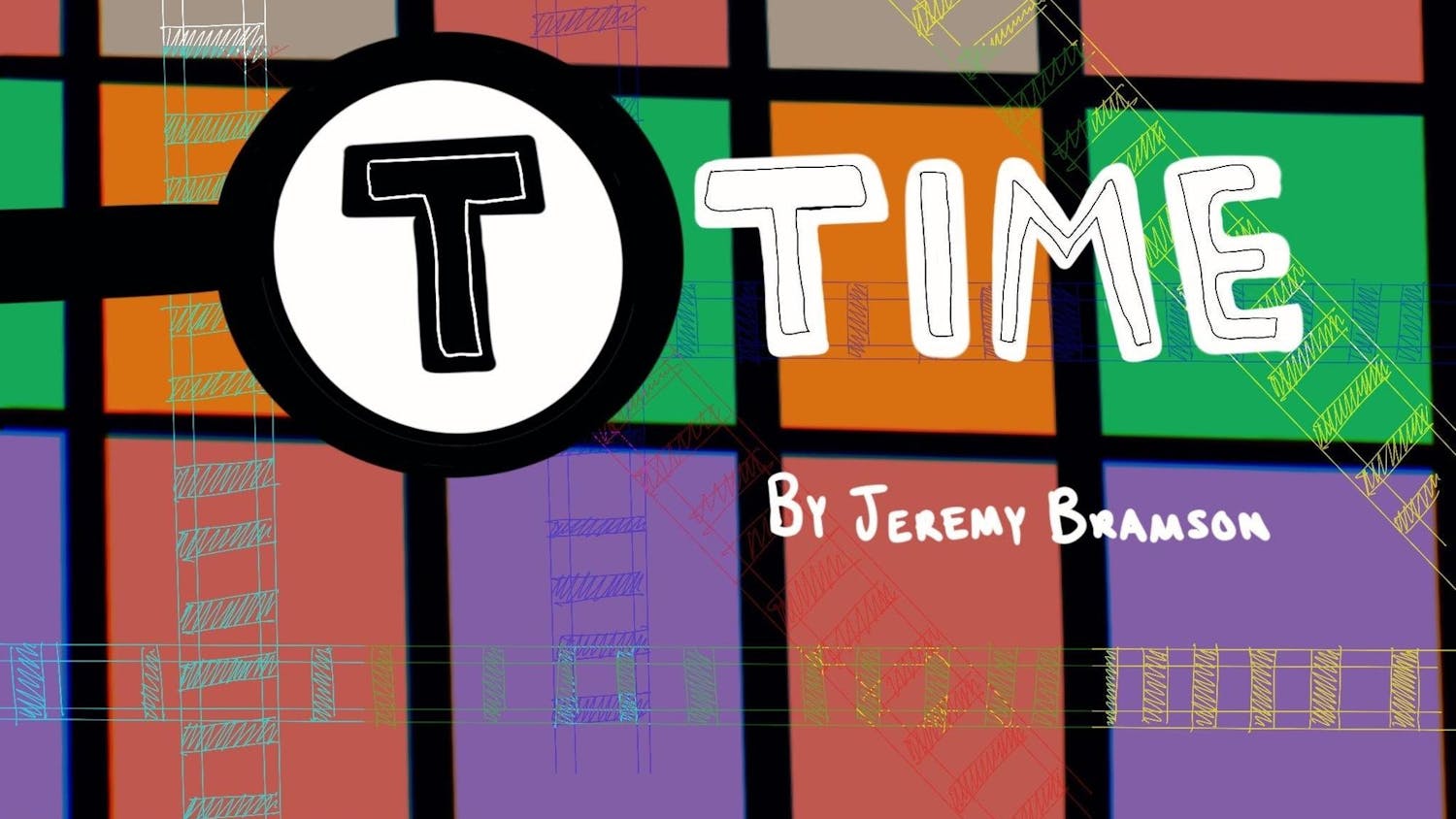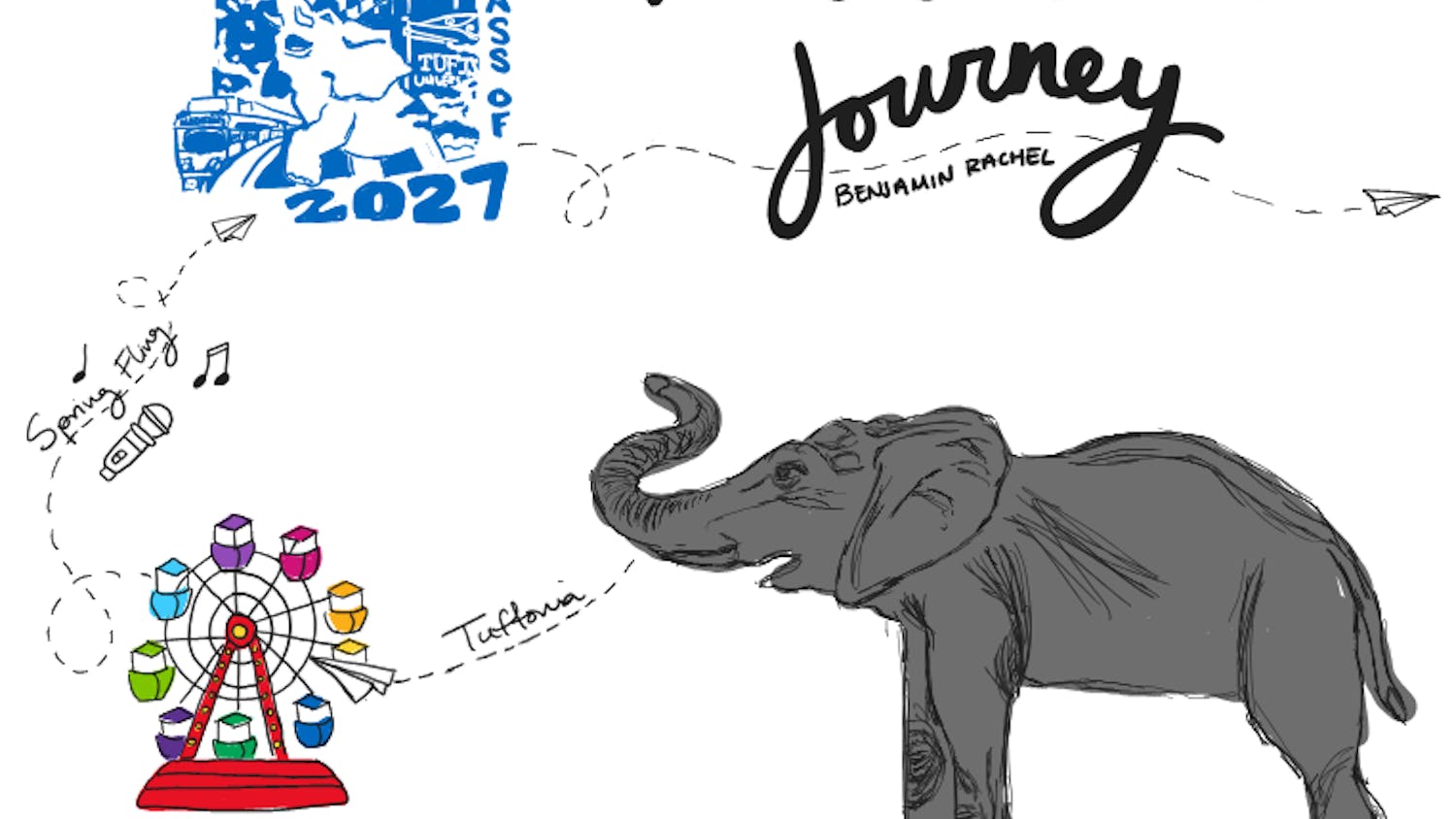At first glance, “A Man Called Ove” (2015) doesn’t offer much in the way of worldly social commentary. Based on the 2012 novel by Fredrik Backman, it seems to the casual observer to be a rather simple tale of a depressed, widowed busybody — the titular Ove (Rolf Lassgard) — and his unexpectedly comical journey to a better life, facilitated by his friendship with an immigrant family that moved across the street from him.
However, Ove’s often sorrowful life story, retold in flashbacks throughout the film, provides a meaningful and frank social history of Sweden’s postwar years. Additionally, its discussion of immigration and its impacts registers especially relevant in light of the ongoing migrant debate taking place in Europe.
“A Man Called Ove” opens with the titular character losing his factory job. When Ove protests, noting that he has been working at the factory for decades, he is given only a condescending explanation of the effect of automation on industrial workers such as himself and offered a somewhat insulting severance package. As the film progresses, the plot travels back in time, telling the tragic story of Ove’s upbringing, young adulthood and his marriage to the recently deceased Sonja (Ida Engvoll). All the while, director Hannes Holm makes the argument that the rapid transformation of Sweden’s economy since the 1950s from the industrial to the post-industrial has left a generation of hard-working Swedes like Ove in the dust. Though the country’s famed social safety net ensures that Ove will most likely not fall into poverty, the effect of the unfortunate changes in Ove’s personal and professional life become too much for him to bear, leading him to a series of suicide attempts.
However, Ove’s suicide attempts are continually interrupted by Parvaneh (Bahar Pars), an Iranian immigrant, her Swedish husband and their children. In the director's portrayal of Ove's interactions with Parvaneh, Holm offers his more obvious social and political commentary. Throughout the film, whenever Ove’s gruff tendencies begin to get the better of him, Parvaneh or her family interrupt him and put him into a good mood, albeit reluctantly. Whenever Ove tries to overstep his authority as the neighborhood homeowner association's enforcer, Parvaneh and her daughters always show up to bring him back down to earth. If Ove, the son of a railway worker, is to be seen as representative of Sweden itself, then his relationship with Parvaneh makes the argument that Sweden’s is, at its heart, a nation that accepts and welcomes immigrants.
Ove’s friendship with Parvaneh is in itself significant within the context of Sweden's current political climate because of the demographic Ove represents. As a white, middle-aged, working-class man, Ove is supposed to be one of the driving forces behind right-wing, populist, anti-immigration parties across Europe such as the Sweden Democrats. “Ove,” however, subverts this narrative when the titular character embraces Parvaneh’s role in their community and in his life, allowing her and her family to help him out of his depression and helping them in turn. It seems that Ove, and by extension Sweden, is the better for accepting immigrants like Parvaneh.
More from The Tufts Daily





